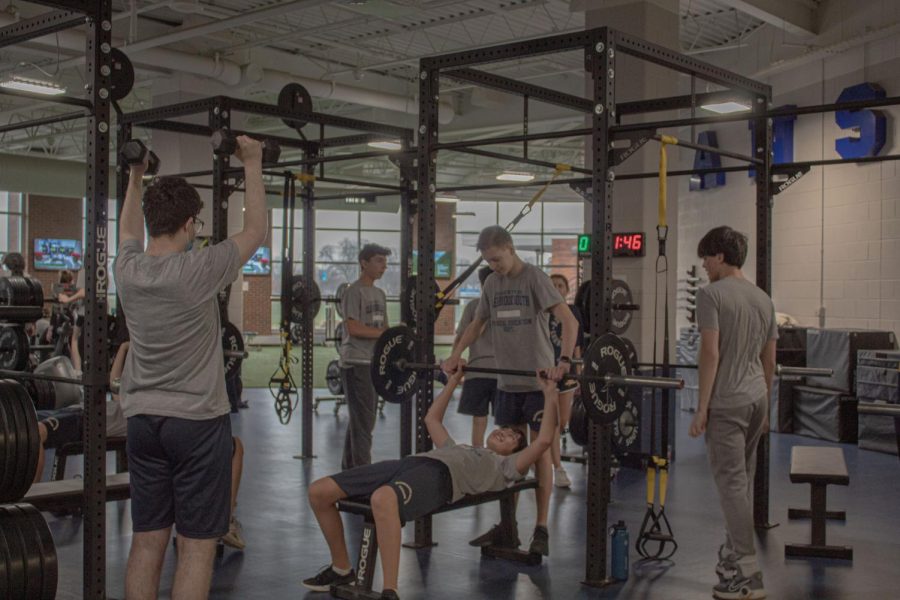A step towards equity
Sophomore coed P.E. classes create scheduling ease next year
April 22, 2022
Sophomore P.E. classes will transition from single-gendered to coed classes beginning next school year, P.E. Teacher Josh Stanton said.
The main purpose of this change is to promote inclusivity for students at South by allowing males to experience a volleyball unit, and females to experience a football unit neither previously had, Stanton explained. Stanton believes this change will provide opportunity and promote equity for students.
“[With] every change we make, we always [keep] students in mind to give them a better [P.E.] experience,” Stanton said. “This change will expose students to the different realms of fitness and [provide students with] ways to stay healthy to be the best version of themselves.”
Steve Stanicek, Instructional Supervisor for P.E., Driver’s Education, and Health, explained that the initiative for this change was inspired by South’s emphasis on inclusivity.
“When Covid-19 began, [the P.E. department] started to dig into our goals [for students],” Stanicek said. “[This change] is the next logical step in going with the district’s initiative towards equity and inclusion.”
Coed P.E. classes will also make creating students’ schedules easier for guidance counselors by increasing the number of P.E. classes held per school day, Guidance Counselor Travis Myers said. By combining traditional, single-gendered P.E. classes, the administration hopes to allow sophomores to have more flexibility in their schedules, Myers explained.
“[This year], we are offering five sections of [sophomore] P.E., which leaves us with P.E. classes not being offered during three blocks,” Myers said. “[Next year when classes are] combined, we can run 11 sophomore P.E. classes so [students] don’t have as many conflicts [with scheduling].”
Health class for sophomores is currently a coed class which additionally made coed sophomore P.E. the next best change in the P.E. department, Stanicek said.
“I do not think fitness is gender-separated,” Stanicek said. “When [sophomores] go through the rest of our programming, it will be in a coed fashion [and so] trying to build on our program [and] moving forward to [coed] earlier than as a junior and senior was the next step and in our department.”
Stanton explained that despite the transition from gendered to coed P.E., the class curriculum will remain similar.
“The curriculums were very parallel when [the classes] were split between male and female, so the curriculum is going to remain [similar], offering opportunities in the fitness realm and the sport and game standpoint,” Stanton said.
In addition, staffing for these classes will remain the same, Stanicek explained.
“The same teachers who taught sophomore P.E will be teaching [it again] next year,” Stanicek said.
Based on her previous coed P.E. experience, freshman Casey Hurley expressed her indifference to the change.
“I don’t really care about [coed P.E.] because in middle school, it wasn’t separated [between] boys and girls,” Hurley said.
Overall, Myers sees this change as a positive one in the P.E. department and expressed his enthusiasm for the inclusivity and the opportunities it will provide for students.
“It may take a little bit of adjustment initially, but in the long run, it’s [going to] help our students get [the flexibility] that they want [in their schedules], Myers said. “It will be good for [all sophomore] students to have a [coed] P.E. class.”
Yechan Sohn contributed to this story









